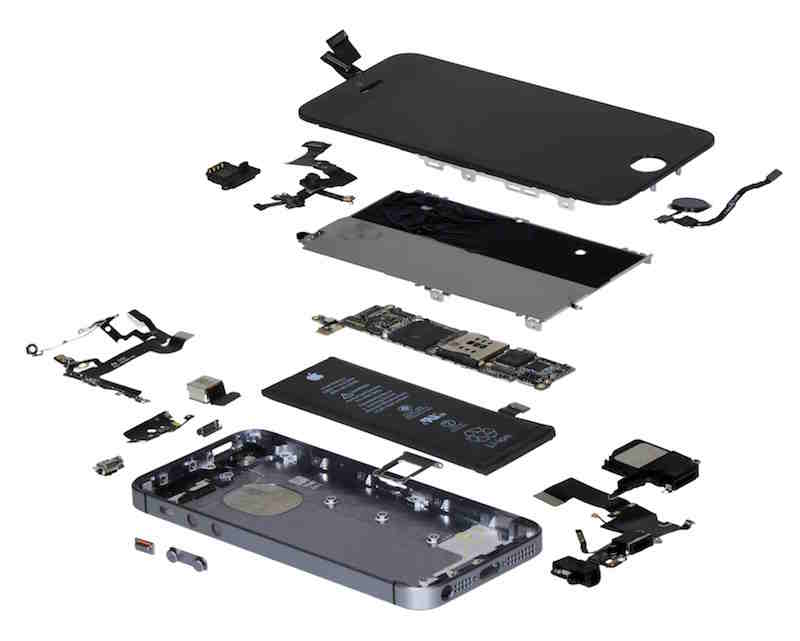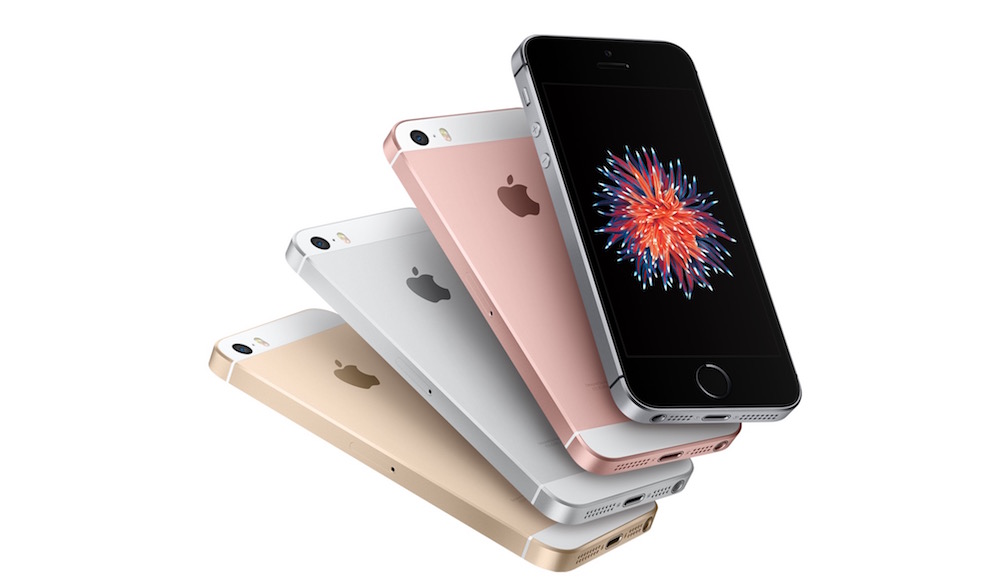iPhone SE Costs Apple Only $160 to Manufacture

Toggle Dark Mode
The iPhone SE may be the most affordable iPhone to date, but that doesn’t mean that Apple isn’t making a healthy profit from it.
According to a teardown from IHS iSuppli, the components inside of the iPhone are estimated to cost around $160 – quite a bit less than the $399 price tag that comes with the iPhone SE when you buy it off contract.
The report says that the parts themselves cost $156.20, which is rounded up to $160 to add in manufacturing costs. It is widely believed that Apple kept the base cost down for the iPhone SE by using parts built for the iPhone 6s, 6, and 5s, which is largely the reason that Apple is able to sell it to consumers at the $399 price point.
In other words, more than half of the $399 paid for the iPhone SE goes straight into Apple’s pocket as profit.
The Gorilla Glass on the iPhone SE is one of the more expensive parts, coming in with a price tag of $20. When the iPhone 5s was first released, the glass came at double that price – in fact, at the time the iPhone 5s had an estimated cost of $199. Apple’s most recent flagship phone, the iPhone 6s Plus, comes at a cool $236 for Apple.
The processor as also pretty pricey – the A9 processor included in the device costs Apple around $22, and the cellular chips inside the device, which are made by Qualcomm, cost around $15. The display, which is made by LG, also sits in the higher price range for Apple, coming in at $20.
Of course, there are different versions of iPhone SE, and it seems as though Apple is making even more money as you go up in storage capacity. Due to the relatively low price Apple pays for storage upgrades, it is estimated that Apple is making a full $89 more for the 64GB version of the device than it is for the 16GB model. In building the device, it costs Apple an extra $10 to upgrade the memory.
“Apple is willing to drop its gross margin on the low end to induce sales — though it is likely counting on many consumers upgrading to the more profitable 64 gigabyte SE model,” said Wayne Lam, principal analyst for mobile devices and networks at IHS. “When the profit machine that is Apple capitulates to the market forces of a maturing industry, it shows its tacit acknowledgement that even it is not immune to the dynamics of the global smartphone slowdown.”
Its important to take reports like these with a grain of salt – IHS’ reports get cost estimates based on individual components, and they don’t take into consideration things like research and development, advertising, software, and distribution, so it’s most likely that Apple’s actual costs amount to more than the $160 stated by IHS. Apple CEO Tim Cook has long maintained that parts breakdowns like this one are inaccurate, largely because of the fact that they only discuss actual hardware costs.
“There are cost breakdowns around our products that are much different than the reality,” he said in an interview. “I’ve never seen one that is anywhere close to being accurate.”
Still, they may be inaccurate, but there’s no denying that Apple is making quite the profit from iPhone sales. The company has long been criticized for failing to offer an iPhone for the more budget-minded, and while the iPhone SE is certainly a step in the right direction, it’s not as cheap as some were hoping.
These teardowns make it clear that if it wanted to, Apple could make a far cheaper iPhone than the devices on offer. Of course, that ignores the fact that Apple isn’t really about cost – it’s about status. Creating a lower-cost iPhone could damage Apple’s position as a status symbol.
Regardless of how much Apple is making, the iPhone SE remains an excellent deal for those in the market for a new phone. Sure, the design is a little outdated, but under the hood it offers great specs for the price of $399.








